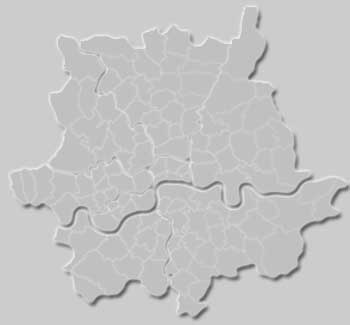Twin-wall Metal Flues

- 2 types:
- With an air gap between the walls
- external use on longer than 3 meters
- Fully insulated pipe
- With an air gap between the walls
- Suitable for all fuels for appliances that operate up to 600°C
- Sleeve must provide minimum 25mm of gap (filled with non combustible material) when passing through combustible material
- Metal ceiling and metal floor plates used as a seal
- Spigot should face up words
| < Go Back | 2013-03-13 |
Vitreous Enamelled

- Internal use only
- Socket faces up words
- For making connections from:
- wood burning stoves
- cookers and heaters to chimneys
- flexible liners and flue systems
| < Go Back | 2013-03-13 |
Flexible Stainless-steel Flue Liner

- Used to line an unsatisfactory existing chimney
- The top and the base of the chimney must be sealed with flaunching and sealing plate respectively
- When chimney exceed a certain length they will require lining:
- Gas fire (with or without circulator)
- >10m for external wall
- >12m for internal wall
- Gas fire with a back boiler
- any length
- Circulator
- >6m for external wall
- >1.5m of external length and total length > 9m
- Other appliances
- >12m for internal
- >20m
- >33m for double wall 125mm metal chimney
- >10m for external
- single wall 125mm metal chimney not allowed
- >28m for double wall 125mm metal chimney
- >12m for internal
- Gas fire (with or without circulator)
- Class 1 - Wood And Coal Burning (>250°C)
- Class 2 - Gas And Oil Burning (<250°C)
- 225x225mm flue opening
| < Go Back | 2013-03-13 |
Pre-cast Concrete Blocks

- Must have minimum 3 starter blocks
- Built into the wall during construction
- No excess jointing material left inside flue
- Maximum offset of 30° using a raking block
- Connected to the ridge terminal with a twin-walled insulated pipe
| < Go Back | 2013-03-13 |
Catchment Space
- Minimum 42litres - volume of the void
- Minimum 15mm - flue spigot protrusion
- Minimum 50mm clearance - between the spigot and the back wall
- Any appliance fitted to an unlined brick chimney or lined brick (flue block/metal) chimney (used for solid fuel or oil):
- Minimum depth - 250mm
- Minimum volume - 12 litres
- Any appliance fitted to a lined brick or flue block/metal chimney new or unused, or previously used with gas
- Minimum depth - 75mm
- Minimum volume - 2 litres
| < Go Back | 2013-03-13 |
Flue Gas Collector Box
| < Go Back | 2013-03-13 |
Flue Height Calculation

Fire Stop Plate

| < Go Back | 2013-03-13 |




